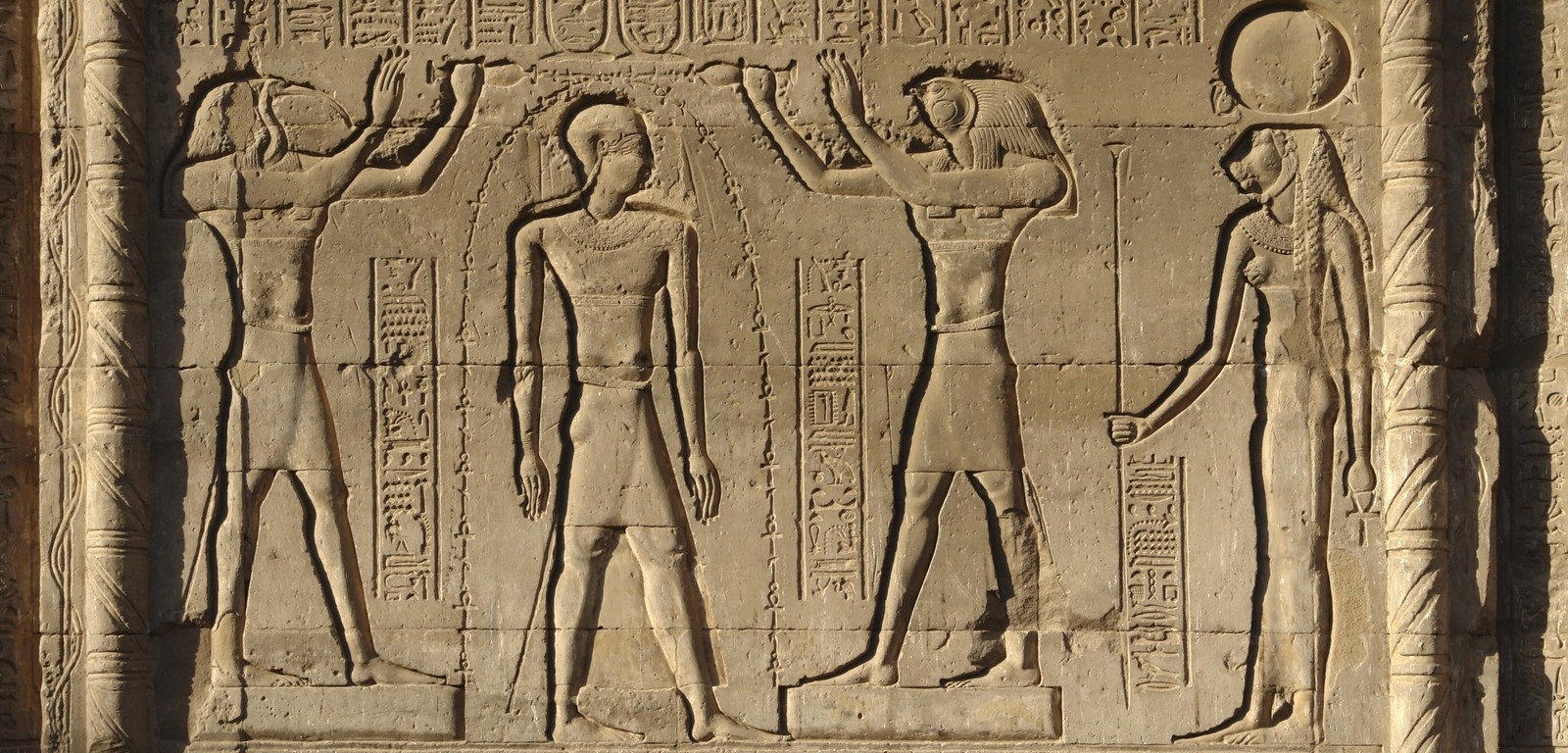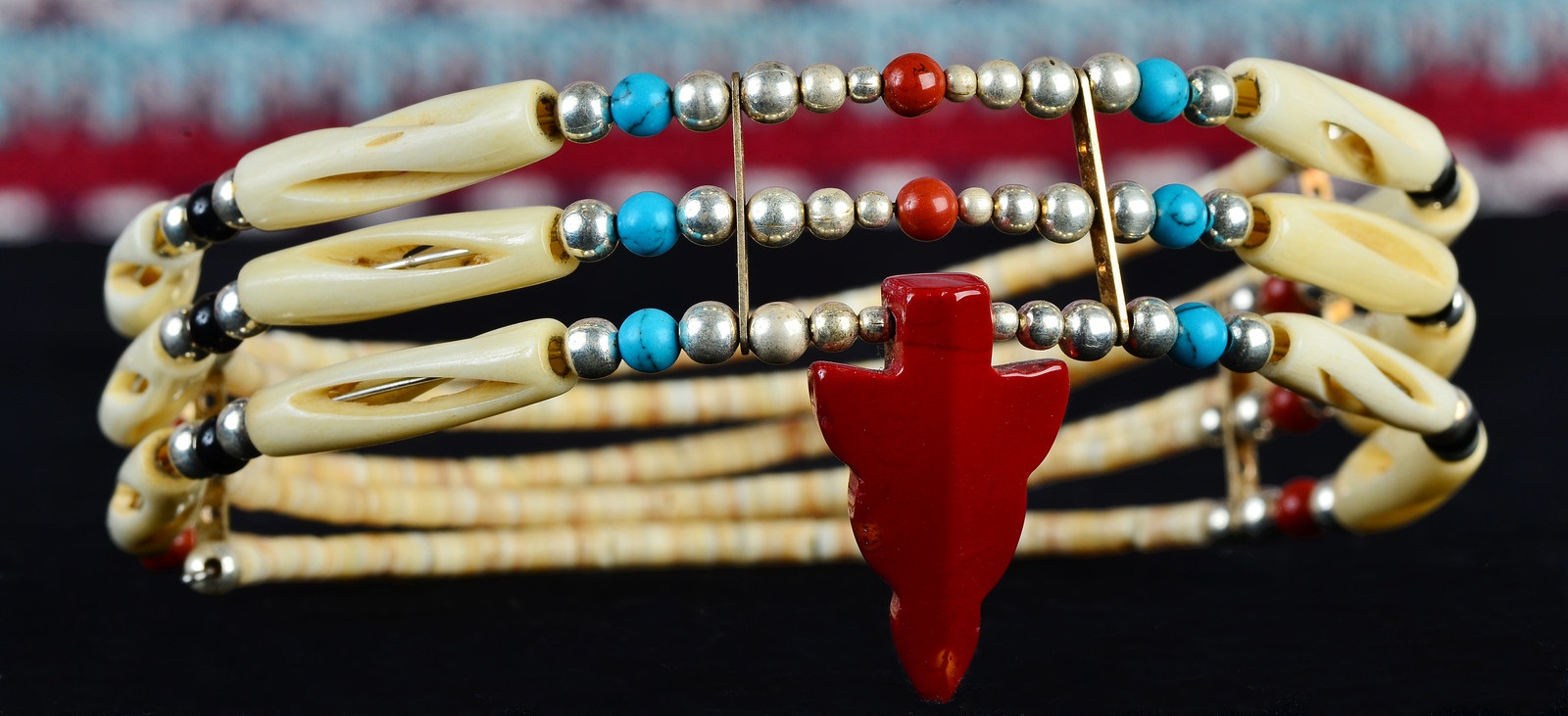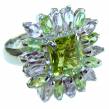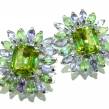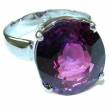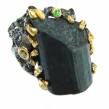Centuries Full of Meaning: Different Symbols from Different Cultures
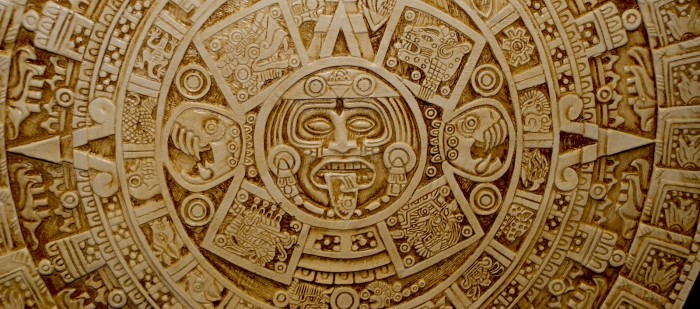
Every culture has their own rich heritage that have lasted for centuries or have come to an end because of war, famine, or from other causes in their environment. These cultures may have similar beliefs such as different gods or different powers from nature and animals, but something that sets these ancient cultures apart are the meanings behind the different symbols they used to represent different gods and powers that were a part of their belief systems.
Three well-known cultures: Native Americans in North America including the Hopi and Navajo; the Egyptians of Africa; and the Aztecs of Latin America used similar metals and gemstones to represent different gods and beliefs.
Ancient Egyptian Symbolism
The Ancient Egyptians used many different symbols as well as rituals as a way to represent and connect with the afterworld. A couple of these symbols came in the form of crosses including the Ankh which means “eternal life.” Drawings and paintings of gods are often seen with this symbol and if they are depicted as holding the ankh symbol to someone’s lips, they are supposed to be giving them the “breath of life.”
Another common Egyptian symbol is the Eye of Horus. Often drawn with the goddess, Wadjet, Horus was a sky god that is associated with a falcon. The Eye of Horus, which is the right eye, was similar to a Peregrine Falcon eye complete with a teardrop marking below the eye. The right Eye of Horus symbolizes healing and protection and the left eye represents the god, Djehuti (Thoth) and the moon.
The insect, scarab, was also a symbol and worn as an amulet and jewelry throughout ancient Egypt. The scarab dung beetle has a lot of religious significance for the Egyptians. The scarab represents the sun god, Ra, rolling across the sky each day to symbolize rebirth similar to how the insect rolls dung into a ball for food and for laying eggs inside the ground.
Some people wore them for personal reasons, but others wore them for political administration and association or to symbolize different achievements as well. During the era of the New Kingdom from 1550 BC to 1069 BC, scarab amulets were made especially for protecting mummies.
Latin American Symbols: The Aztecs
Similar to the ancient Egyptians, Latin American cultures such as the Aztecs also created jewelry with figures that symbolized their connection to gods and the afterworld. Besides agriculture, jewelry was their largest commodity and it was worn as body jewelry in many different places including:
- Nose
- Septum
- Lips
- Ears
- Cheeks
- Upper torso
The purpose of body piercing in Aztec culture was to enhance the body as well as represent different social ranks, power, and wealth.
Gold and silver were very popular metals to use as sacrifice to their serpent god, Quetzalcoatl, and only nobles were able to wear gold which was sometimes decorated with feathers. Two of the most common gemstones used by Aztecs are turquoise and emerald. Aztecs believed that turquoise had properties could help a person heal from any sickness or simply feel better and was offered to the gods to ask them for good health.
Turquoise was much more cherished than gold was because of what it symbolized and was even worn as decoration in carved holes in the teeth. As another way to make an offering to gods, the Aztecs used emerald to decorate the Great Temple of Tenochtitlan.
Native American Symbolism: The Hopi and Navajo
Two southwestern Native American cultures, the Hopi and the Navajo, may have reservations next to each other, but their symbols and choice of materials to create different pieces of jewelry are very distinguished. Native American jewelry symbols often include elements of the earth and animals to represent different spirits that help guide them. The Navajo tribe, which is located throughout the states of Arizona, New Mexico, and Utah is known for creating pieces of clothing and jewelry with silver and turquoise gemstones.
It’s believed that the Navajo were the first Native American tribe to use silver to use in their jewelry and often craftsmen will combine it with the turquoise to create beautiful designs such as the squash blossom necklace. Many other southwestern tribes began to use silver after the Navajo did including the Hopi, Zuni, and Acoma tribes.
The Hopi tribe, located in Arizona, differs from the Navajo as far as use of silver because unlike them, the Hopi do not use turquoise or other gemstones in their design. Instead, craftsmen carve very detailed symbolic images into the silver including the sun for energy and growth & the spiral to represent the number of journeys the tribe has taken around the world. Also worn as jewelry, the symbol is usually always drawn on or made out of metals such as gold and copper to match the color of the sun.
You may also like ...
- What To Know About The Birthstones For October: A Wide Variety Of Color
- What You Don’t Know About September Birthstones
- Infographic: Almost everything you need to know about birthstones
- What You Need To Know About November Birthstones: Topaz And Citrine
- Birthstones for December: Winter Blues of Turquoise, Tanzanite, and Zircon
- Anatomy of Jewelry: Different Terms from Bracelets, Rings, to Necklaces

